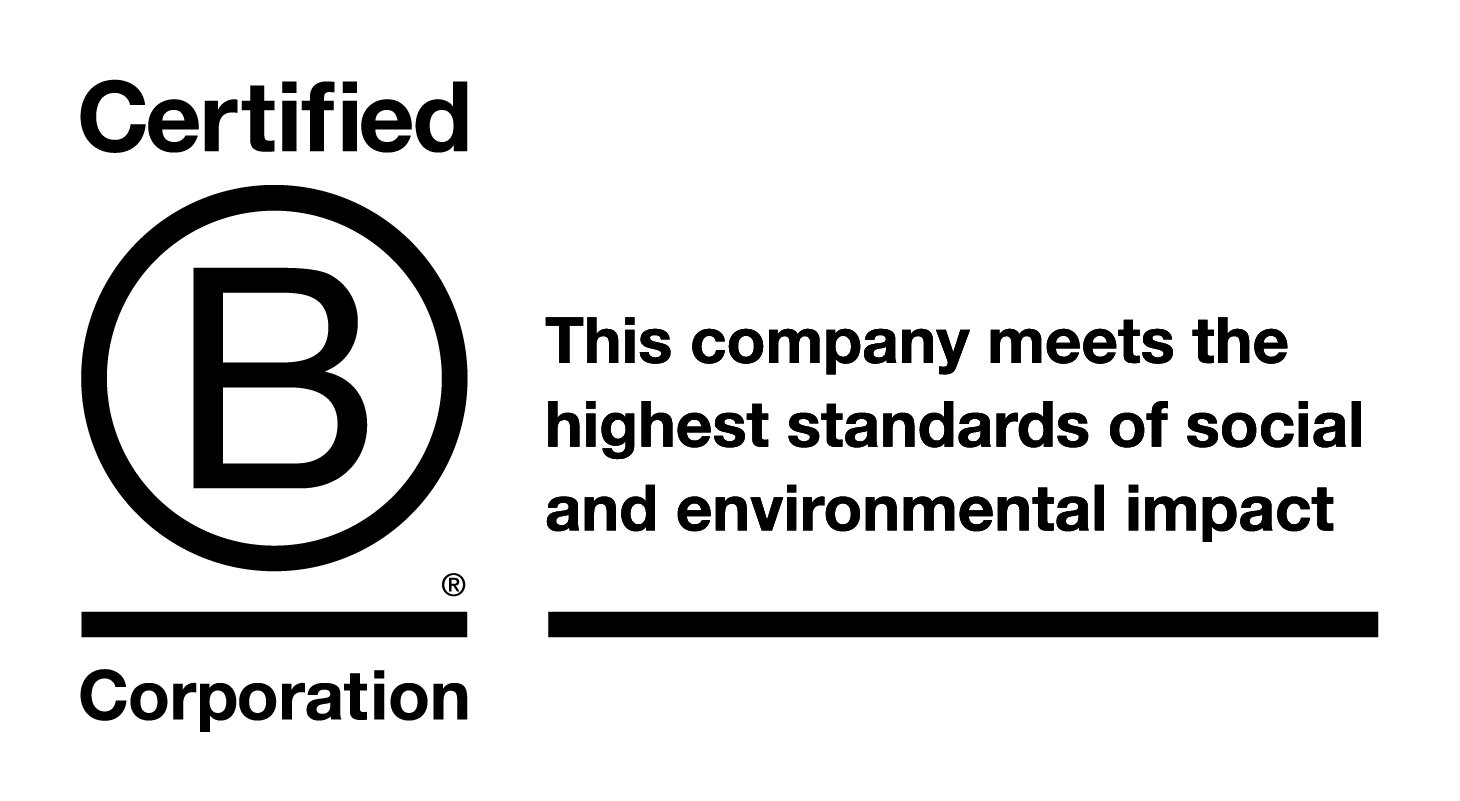Go the extra mile
Towards a cooler planet
Top animal charities tackling climate change
Have you ever wondered why it seems like there is less activity on your local bushwalk these days? Recently, a farmer from Taranaki noticed something disturbing: the tūī birds that used to sing all over his property are now rare. He told scientists looking into ecosystem changes, "It's like the bush lost its heartbeat." This silent disappearance reflects global trends where threats to species and their habitats are increasing.
Leading animal charity climate change
How do melting glaciers relate to vanishing birds? The way that changes in the environment affect ecosystems holds the key to the solution. At this intersection, organisations such as the World Wildlife Fund use koala protection initiatives to protect carbon-absorbing forests. Their strategy demonstrates how aiding animals directly contributes to environmental healing on a larger scale.
Nature-loving New Zealanders have choices. Local trusts and organisations like the IUCN use tactics that increase the impact of donations by 100 times. "Why fix just symptoms when we can heal the whole system?" said one donor succinctly.
Important things to keep in mind
Together, effective conservation organisations tackle emissions and habitat losses.
- Keystone species protection contributes to the preservation of carbon-storing ecosystems.
- Measurable environmental benefits are produced by donations to high-impact charities.
- Proven climate solutions are provided by Australian and international organisations.
- Individual charitable decisions have a big impact on conservation results.
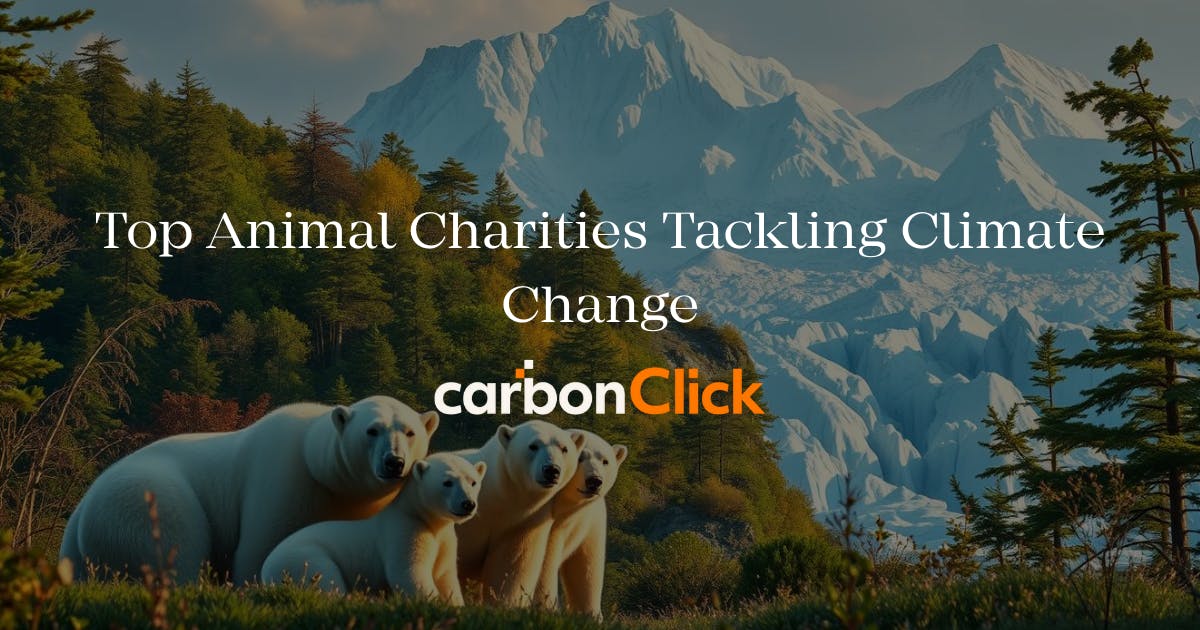
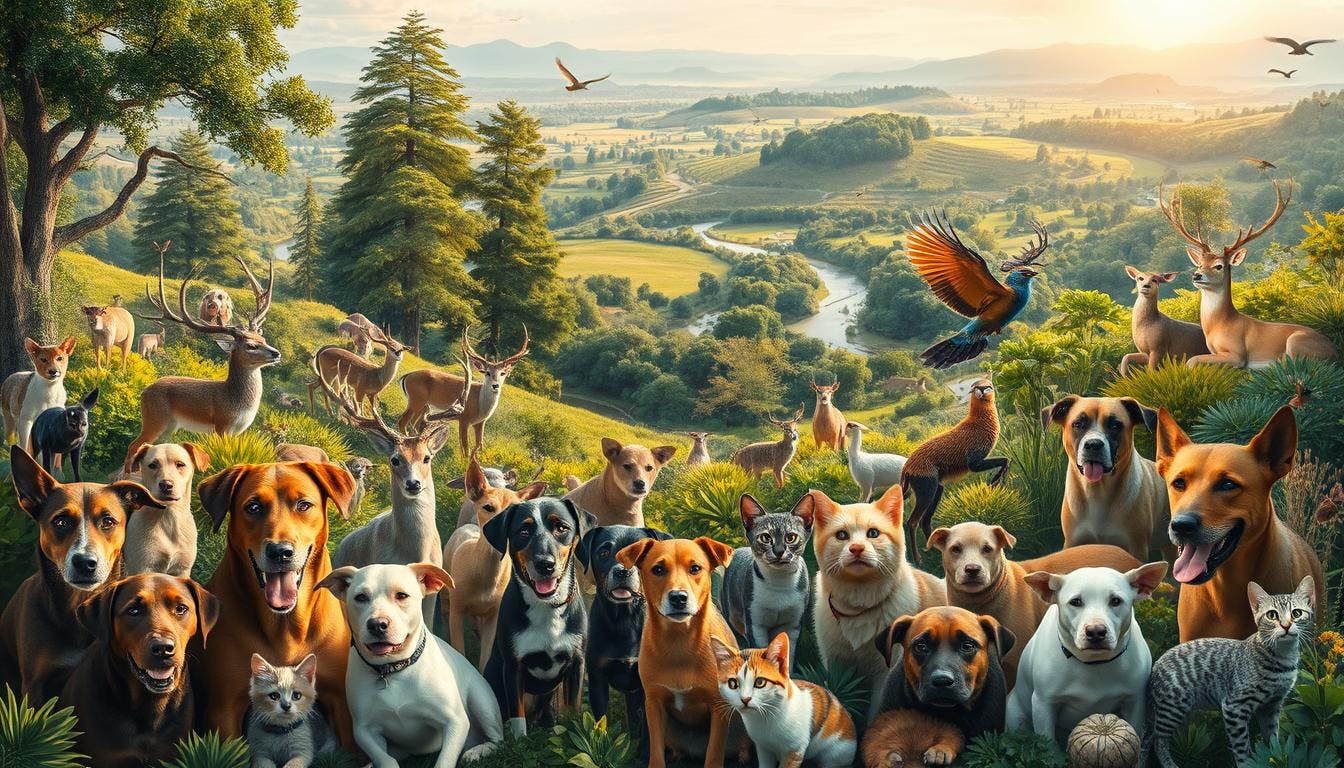
Overview of climate change and animal charities
Have you ever stopped to listen while hiking and all you could hear was wind? There's a story in that silence. The complex web of life on our planet depends on the cooperation of organisms and their environments. Ecosystems can no longer sustain themselves when species go extinct. Everything from food security to air quality is impacted by this breakdown.
The confluence of environmental impact and animal welfare
Vibrant wildlife is essential to healthy ecosystems. Consider rainforests, which provide 40% of the oxygen on Earth and are home to species that help forests remain resilient. Welfare organisations are defending carbon-absorbing natural systems when they save elephants or marine life. "Saving a parrotfish colony indirectly preserves coral reefs that buffer storms," one conservationist wrote.
The reasons New Zealand donors are involved now
Not all kiwis are used to support injured bird shelters. Proactive advocates understand that assisting animals benefits entire ecosystems. The IUCN's 1,200-member network teaches communities how to balance ecology and economy, and local donors frequently mention its work. One benefactor from Wellington said, "We're not separate from nature." "Investing in it entails investing in ourselves."
"A species' place in the landscape's narrative is preserved when it is saved."
This change in perspective explains the popularity of charities that combine climate action and welfare. Helping them protects the natural systems that provide food and health for people, which is no small accomplishment when every donation has a knock-on effect.
Impact worldwide: how animal charities handle climate change
Imagine legal teams in Canada protecting Arctic habitats, or scuba divers in the Philippines recovering fishing nets from coral reefs. These images demonstrate how contemporary conservation initiatives have an international impact. Organisations can preserve biodiversity and stabilise Earth's climate systems by protecting species and ecosystems.
Expanding solutions via collaboration
Defenders of Wildlife is a prime example of this strategy. Their teams protect species like polar bears, which are important markers of the health of the Arctic, by combining habitat restoration with courtroom advocacy. These giants are threatened by melting ice, but their survival guarantees the preservation of carbon-rich permafrost. According to their chief strategist, "every legal victory for wildlife is a victory for climate resilience."
The network of Project AWARE, meanwhile, is spread across 182 nations. Since 2011, volunteers have removed more than a million pieces of trash from the oceans. 30% of the CO2 produced by humans is absorbed by marine ecosystems, which are preserved by this work. "We're not just cleaning reefs, we're maintaining the planet's cooling system," one diver said.
- Cross-border corridors: Whale and elephant migration routes improve ecosystem connectivity
- Tech-driven tracking: Global shark conservation is aided by satellite monitoring
- Community training: Local groups gain knowledge of climate, wildlife-compatible and sustainable practices.
These partnerships demonstrate that maps are not the only way to achieve effective conservation. Supporting such initiatives allows Kiwi donors to help find solutions that benefit their neighbours in the Pacific and beyond. As one supporter from Auckland noted: "When organisations share knowledge across time zones, our dollars work harder."
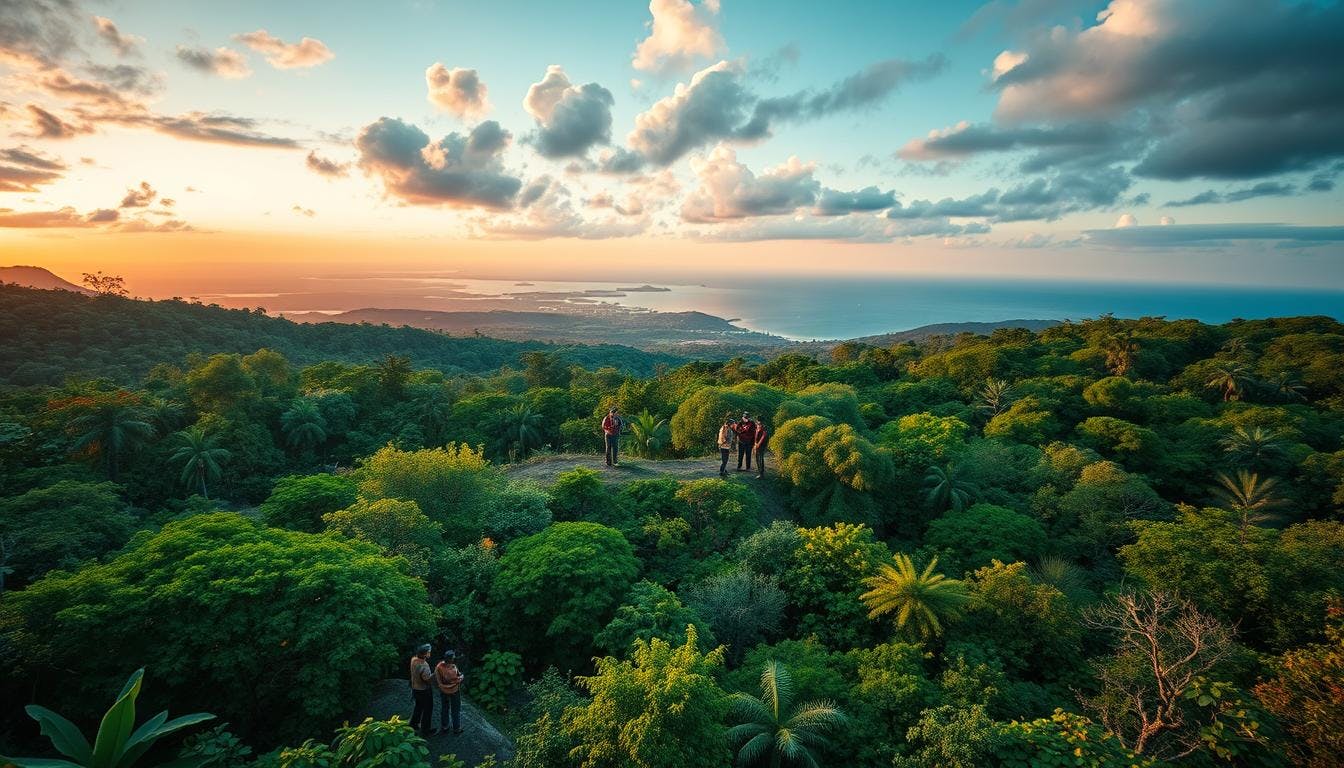
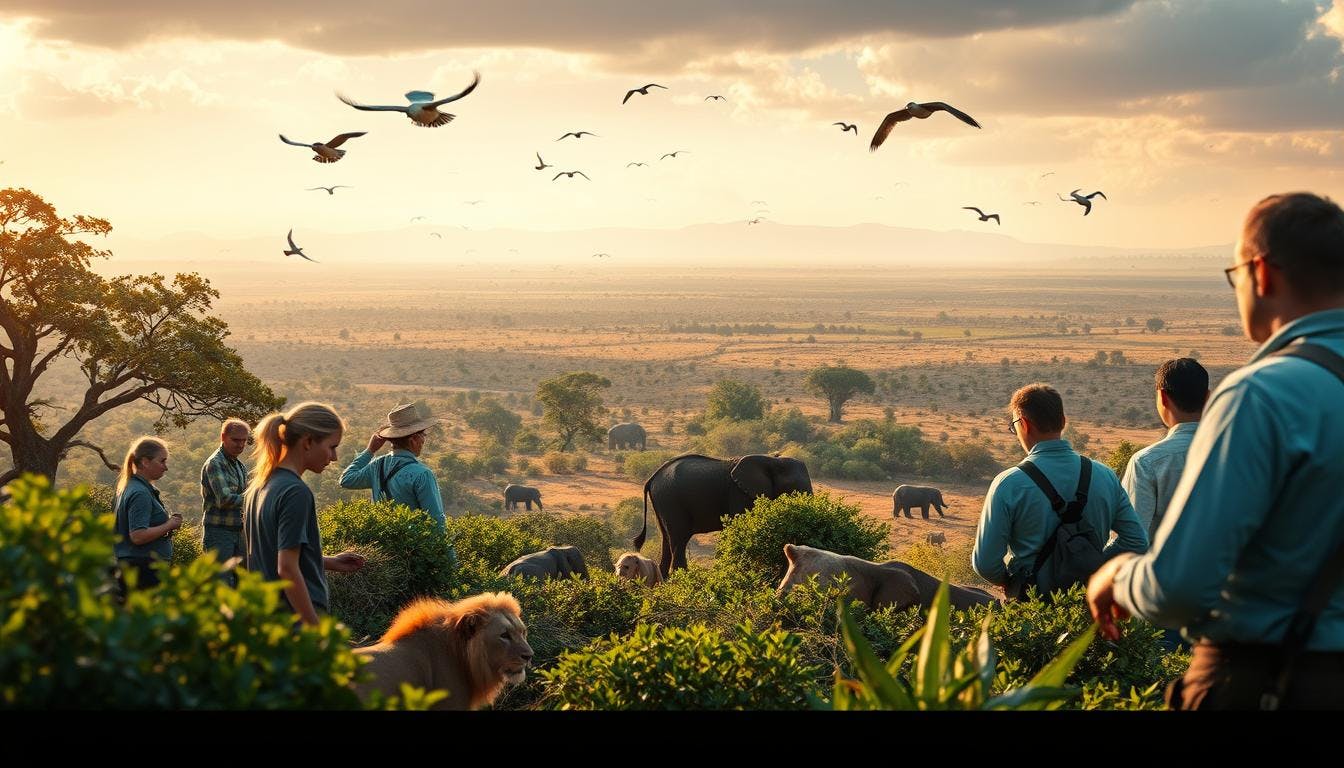
Leading climate change initiatives for animal charities
What if weather patterns could be stabilised by feeding an orphaned elephant? Groups all over the world demonstrate that taking targeted action for animals has a positive ripple effect on the environment. Their efforts support ecosystems that control Earth's climate, from urban alleyways to Kenyan savannahs.
Conservation of wildlife on all continents
Elephants and other climate-critical species are protected by the World Wildlife Fund, which works in 100 countries. Each year, the carbon absorbed by these giants' forests is equal to that of three million cars. Additionally, their teams protect polar bears, whose existence contributes to the Arctic ice's ability to reflect sunlight.
Since 1977, 150 elephants have been reintroduced into Kenyan forests by the David Sheldrick Wildlife Trust's nursery. Herds that preserve migratory pathways between carbon-rich woodlands are safeguarded by each rescue. One keeper says, "Orphans become ecosystem engineers." "Their paths aid in the regeneration of forests."
Programs for research, rehabilitation, and rescue
Alley Cat Allies reduces the amount of hunting pressure on birds by managing 500,000 sterile cats throughout America. Their Trap-Neuter-Return model reduces methane from carcasses that end up in landfills while protecting urban biodiversity.
In the meantime, scientists led by Jane Goodall monitor how chimpanzees adjust to changing environments. Policies safeguarding the rainforests of the Congo Basin, a carbon sink three times the size of Australia, are informed by data. "Understanding animals helps us fix broken climate systems," a scientist observes.
"During its lifetime, each rehabilitated whale sequesters 33 tonnes of CO₂ through nutrient cycling." - WWF Marine Biologist
These programs demonstrate how taking care of animals addresses a variety of issues. Supporters in New Zealand believe that supporting this kind of work is an investment in nature's capacity to heal itself and in us.
Local success stories: New Zealand's animal welfare
In addition to protecting birds, a Nelson community revitalised an entire ecosystem when they converted an abandoned quarry into a sanctuary for kiwi chicks. Local action drives global change, as demonstrated by grassroots initiatives throughout Aotearoa that combine environmental healing with animal care.
[Screen 5]
Community-based initiatives and campaigns
The Urban Wildlife Trust in Wellington is an example of what communities can accomplish when they work together. Volunteers connected 12 reserves with predator-proof corridors, allowing native birds and lizards to flourish. Coordinator Mia Thompson states, "We're rebuilding nature's networks." Similar projects in seven countries are currently guided by their model.
The Brook Sanctuary on the South Island blends carbon farming with rescue efforts. 700 hectares of regenerating native bush are now home to more than 200 rehabilitated kākāpō and takahē. This dual-use sanctuary protects rare species while absorbing 4,000 tonnes of CO₂ per year.
Scalable impact is demonstrated by coastal organisations such as Kaikōura Whale Rescue. Since 2018, 47 entangled whales have received assistance from their rapid-response teams. Every rescue
protects marine giants that fertilise phytoplankton, which produces half of the oxygen on Earth.
"Solutions endure when communities take the lead. Everyone can be a kaitiaki [guardian], as demonstrated by our work. Conservation in the Bay of Plenty Volunteer
Kiwi innovations, such as schoolyard trapping campaigns and AI-powered nest monitoring, demonstrate that climate action and animal welfare can coexist peacefully. These domestic triumphs motivate international endeavours, transforming local concern into global hope.
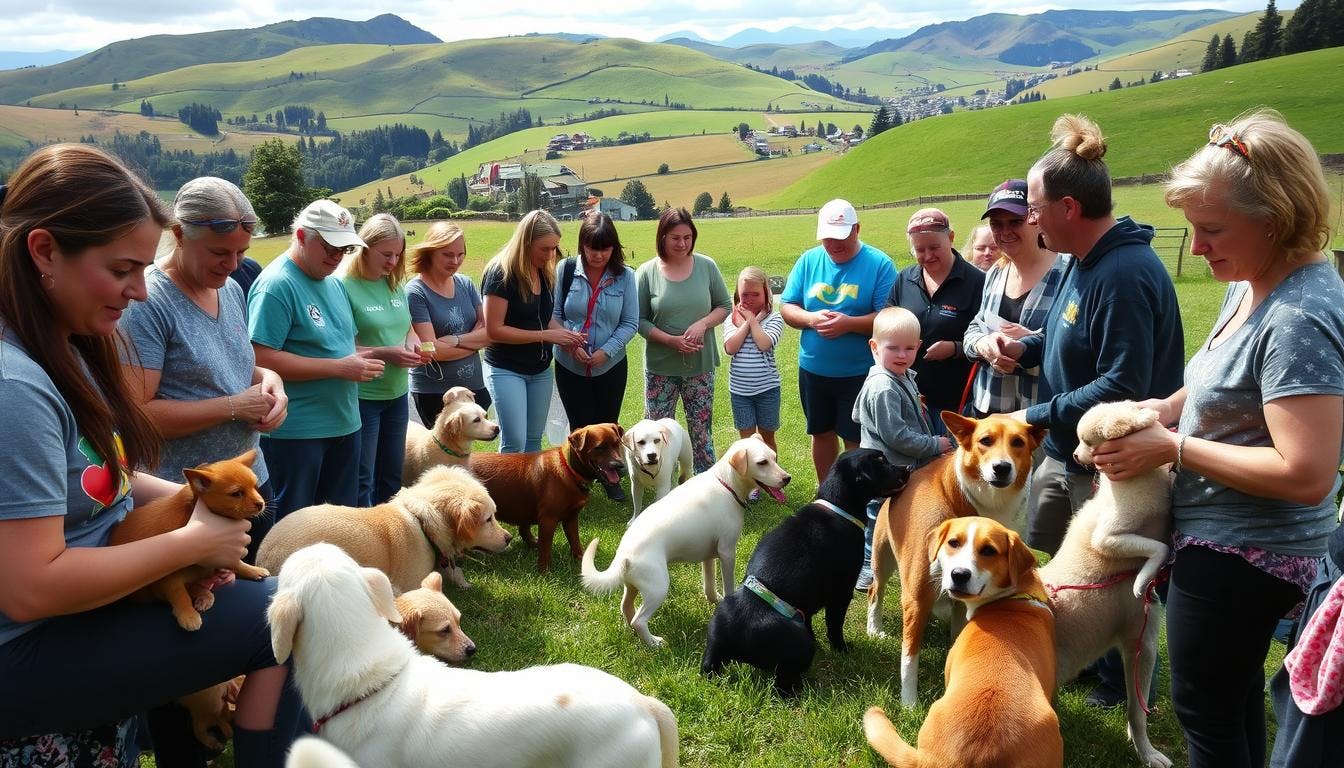
Creative methods for preserving endangered animals
Could the pulse of entire ecosystems be detected by a veterinarian's stethoscope? Every day, progressive organisations demonstrate that innovative solutions have an impact that extends well beyond the lives of individual animals. They are rewriting survival stories for the most vulnerable people on Earth by fusing science and local knowledge.
Cutting-edge research and conservation techniques
With monthly health examinations for Africa's last mountain gorillas, Gorilla Doctors is redefining wildlife care. In addition to protecting 880 primates, their active approach collects data that helps guide global forest management. According to their lead veterinarian, "Healthy gorillas mean healthy forests." "Both support innumerable other species and absorb carbon."
The Charles Darwin Foundation monitors species that are unique to the Galápagos. Both giant tortoises and marine iguanas benefit from habitat restoration guided by their research. One finding? Land reptiles help mangroves store four times as much carbon as is typically thought.
Cooperation with communities and policy makers
The International Rhino Foundation demonstrates how change is fuelled by local collaborations. In key areas, rhino poaching has decreased by 76% after 25 years of working with Asian communities. According to their field director, "conservation sticks when it respects traditions." Patrols that guard against extreme weather are now led by villagers.
This strategy may be familiar to New Zealanders. These international initiatives demonstrate how protecting animals benefits entire landscapes, much like our own sanctuary networks do. Every innovation advances our understanding of healthy natural systems, whether it be through veterinary discoveries or cross-cultural collaborations.
17 South Street
Auckland 1010
New Zealand
info@carbonclick.com- -
- X
Sign up. Be inspired. Get clicking.
Subscribe now to stay up to date with CarbonClick, carbon offsetting and climate action.
By signing up you agree to our Privacy Policy.


